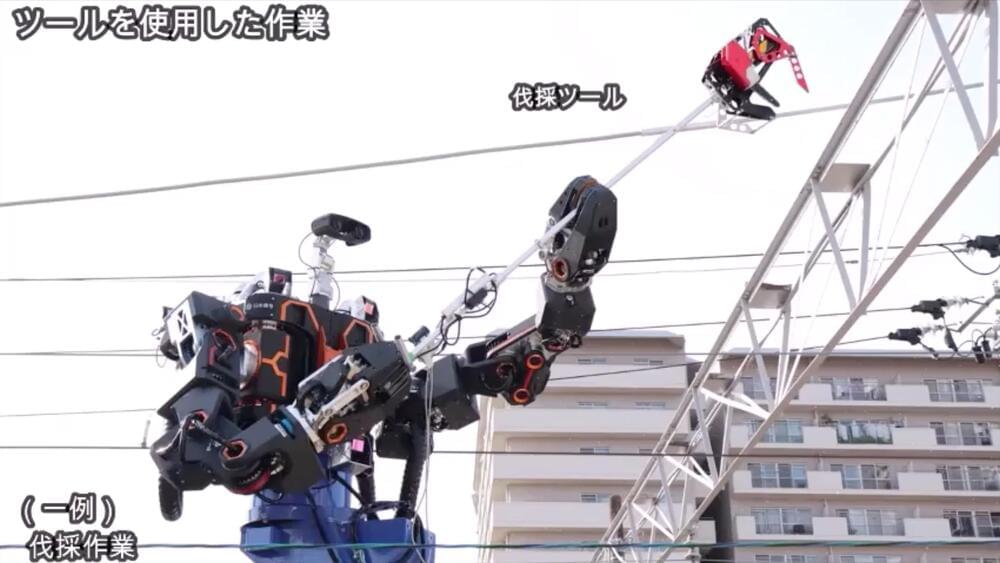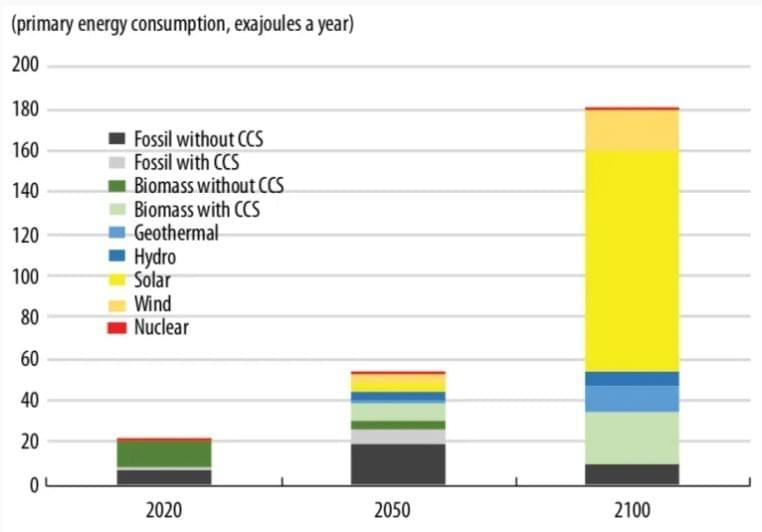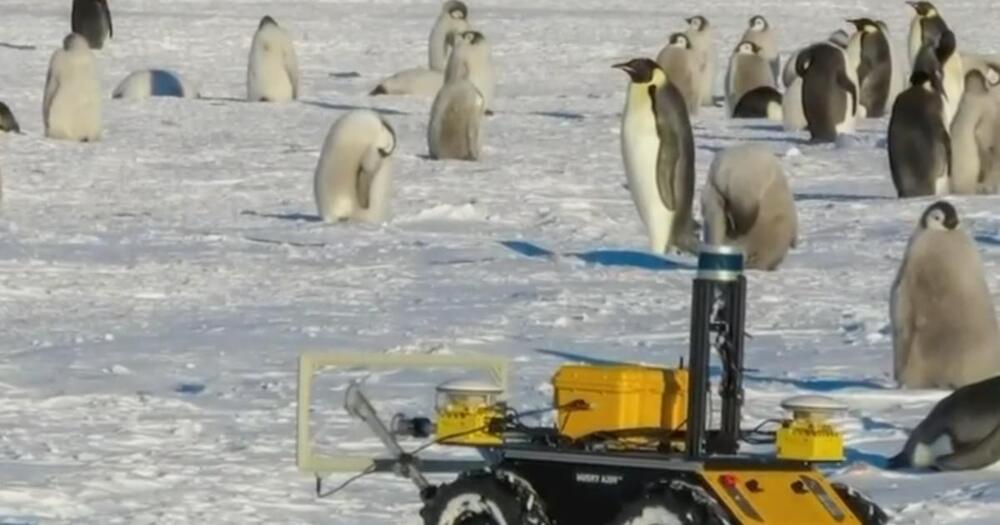Waves break once they swell to a critical height, before cresting and crashing into a spray of droplets and bubbles. These waves can be as large as a surfer’s point break and as small as a gentle ripple rolling to shore. For decades, the dynamics of how and when a wave breaks have been too complex to predict.
Now, MIT engineers have found a new way to model how waves break. The team used machine learning along with data from wave-tank experiments to tweak equations that have traditionally been used to predict wave behavior. Engineers typically rely on such equations to help them design resilient offshore platforms and structures. But until now, the equations have not been able to capture the complexity of breaking waves.
The updated model made more accurate predictions of how and when waves break, the researchers found. For instance, the model estimated a wave’s steepness just before breaking, and its energy and frequency after breaking, more accurately than the conventional wave equations.









